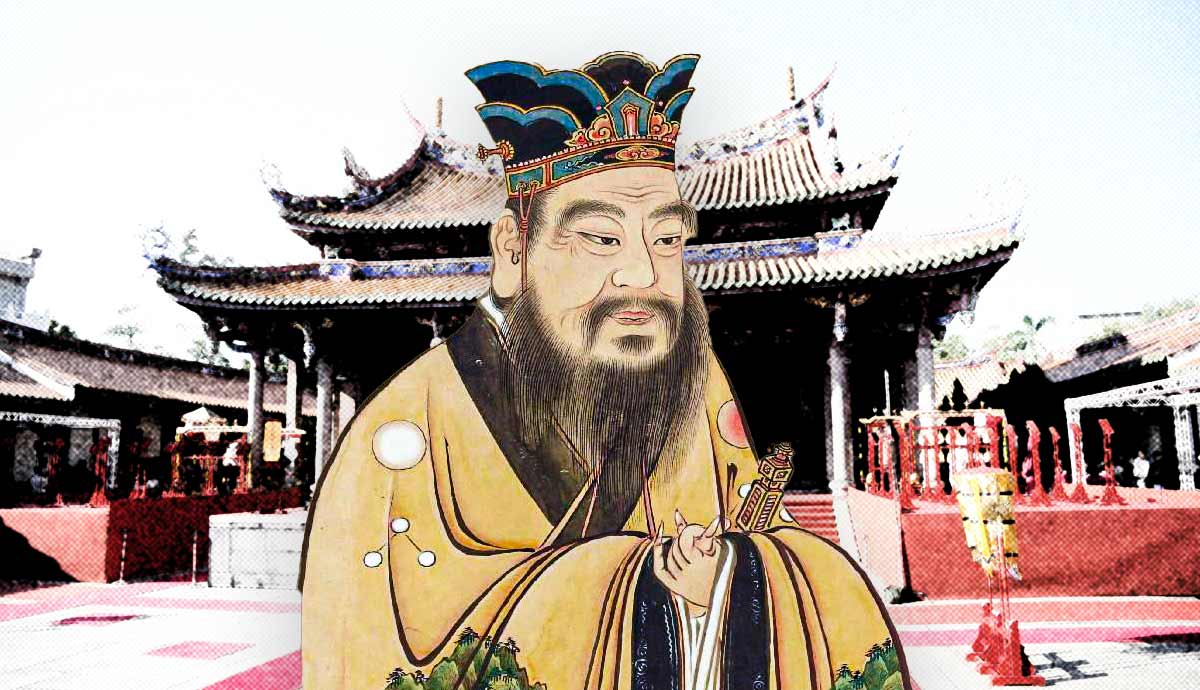
Eric Hobsbawm transformed the study of modern history. His magisterial tetralogy charting the ages of Revolution (1789-1848), Capital (1848-1875), Empire (1875-1914), and Extremes (1914-1991) remain unsurpassed. Hobsbawm’s broad scope and historical understanding were truly extraordinary. He produced an astonishing body of work, and most importantly, left behind an exceptional set of concepts to better understand the modern world.
Who was Eric Hobsbawm?

Eric Hobsbawm was an unusual historian. His work ranged through studies of nationalism, industry, social bandits, revolution, and jazz. Spied on for decades, a one-time translator for Che Guevara, Companion of Honor, and unrepentant communist — he led an equally unusual life.
Speaking in 1993 he argued that “every historian has his or her lifetime, a private perch from which to survey the world.” His own perch was truly remarkable. Born in Alexandria, Egypt in 1917 to Jewish parents from England and Austria, he was born the same year as the Russian Revolution. An event that would come to define his life and work.
His childhood was spent in Alexandria and Vienna. Following the death of his father when Hobsbawm was 12 years old, and his mother just two years later, he and his sister Nancy were swiftly adopted by their aunt and uncle and went to live in Berlin. Hobsbawm first came into contact with the Communist movement as a schoolboy in Berlin, and at 15 years old marched with his comrades on the final anti-Nazi protest before Hitler came to power.

In the spring of 1933 — faced with Nazi rule in Germany — his uncle Sidney arranged for the family to flee Berlin for London. According to his own account, compared with the “intellectually and politically explosive” atmosphere of Weimar Berlin, the young “would-be-communist militant” felt England to be a “terrible letdown.” Nonetheless, in England Hobsbawm committed himself to his studies and won a scholarship to read history at Kings College Cambridge. In 1936, Hobsbawm joined the university Socialist Club (through which the Communist Party of Great Britain operated) and never looked back.
Having grown up in Alexandria and Vienna, become a communist in Berlin, and watched Hitler’s rise to power first-hand, Hobsbawm’s life shaped his view of history, and his political convictions shaped the thrust of his work. By the time of his death at the ripe old age of 95 he was perhaps the most celebrated historian in the world.
1. Dual Revolution

While the French revolution and Britain’s industrial revolution are typically considered separate events, for Hobsbawm, they intertwined to produce something far more important than either. The cry of Liberté, Egalité, Fraternité, and — across the channel — the rise of steam power and mass-produced goods, combined to form a pivotal moment in world history. Hobsbawm called this event the “Dual Revolution” and he argued that it was key to understanding the birth of the modern world.
While crucial preconditions of modernity, such as the world market, secularism, and scientific rationalism had been developing over the preceding centuries, for Hobsbawm, it was only in the period of the Dual Revolution that capitalist industry and bourgeois society combined to enact a “decisive conquest of the fortress.”
Between 1789 and 1848 the Dual Revolution spread out from the “double crater” of England and France to conquer the world. First in the form of European imperialism and second, through the steady progress of capitalist enterprise.
Consider just a few words that were either invented — or gained meaning — during this sixty-year period: “capitalism”; “conservative”; “factory”; “industry”; “liberal”; “middle class”; “nationality”; “socialism.” Such was the importance of the Dual Revolution to the modern world, as Hobsbawm points out, it is nigh on impossible to understand it without the use of these concepts.
Given that the concept of Dual Revolution is over 60 years old, it is, of course, not without its faults. Hobsbawm’s narrow focus on France and Britain, and his omission of the Haitian revolution as a key event in the birth of the modern world, have come in for particular critique. Nonetheless, as a neat way to better understand and explain the eventual domination of the globe by a few western regimes (and Britain in particular), the concept of Dual Revolution has no parallel.
2. Primitive Rebels

In Primitive Rebels (1959) Hobsbawm shines a light on Andalusian anarchists, millenarian movements, rural secret societies, mafia dons, pre-industrial mobs, and social bandits. A founding statement of history “from below,” Primitive Rebels sets out to investigate the origins of contemporary rebellion.
Primitive Rebels tells a highly engaging story of medieval ways of life swept away by a rapidly changing world. With characteristic verve, Hobsbawm charts the poorly organized social protests and riots of pre-industrial mobs; animates the struggles of artisans and journeymen craftsmen; and charts the activities of the early Sicilian mafia.
Hobsbawm shows how Andalucian anarchists sought agrarian social revolution. As modern capitalism irrupted into the peasant society of Tuscany, millenarian unrest was led by the Italian prophet, Davide Lazerretti. Unlike the Anarchists, millenarian movements like the Lazzarettists were not makers of revolution. They expected it to make itself through divine revelation.
Hobsbawm’s subjects were at the mercy of social and economic forces — the birth pangs of capitalism — that they did not understand, and over which they had no control. He claimed that these were “pre-political” people who had not yet found a specific language to “express their aspirations.”
When they did find political consciousness, they went on to make the twentieth century the most revolutionary century in history. To understand popular protest, social rebellion, and dissent in the present one must make the effort to understand its origins. Primitive Rebels is a fantastic place to start.
3. Social Bandits

Hobsbawm’s first chapter in Primitive Rebels was later extended into perhaps his most entertaining book, Bandits (1969). The book itself later went on to become the founding statement of an entire sub-field engaged in the study of “social banditry.” A term coined by Hobsbawm himself.
From Pancho Villa, to Dick Tirpin and Robin Hood, Hobsbawm points out that the myth of the heroic outlaw plays a curious role in society; remarkably similar stories of bandits fighting injustice and redistributing wealth to the poor are told all over the globe. Bandits shines a light on the noble robber who fights injustice and avenges the oppression of the common people. Social bandits are not strictly criminals. Their behavior is illegal by law but supported by the wider society of which they are part.
The social bandit is protected by the people, championed, and idolized. Most importantly, though, they are turned into myths; the ideal being Robin Hood — “the social rebel who took from the rich to give to the poor.”
With characteristic intellectual flexibility, Hobsbawm nonetheless recognizes the complexity of the topic. Tough men through history that have been unwilling to bear the burdens of the common man in society take one of two paths: they join/serve the oppressors or rebel against them. The mercenary and policeman are thus for Hobsbawm recruited from the same material as the social bandit. Accordingly “individual rebelliousness” is a “socially neutral phenomenon.” And banditry, in all its forms, is a symptom of wider crises and tensions in society.
4. Eric Hobsbawm and the Invention of Tradition

Horse-drawn carriages, crowns, glorious pomp, and a ceremonial mace. According to the royal household, the coronation of King Charles III will “look towards the future, while being rooted in longstanding traditions and pageantry.”
Pageantry is today synonymous with the British monarchy. As Hobsbawm points out in his introduction to The Invention of Tradition, “nothing appears more ancient and linked to an immemorial past than the pageantry which surrounds British monarchy in its public ceremonial manifestations.”
Yet it was only after 1870 that the pomp of British Monarchy became “splendid, public, and popular.” Prior to that, their ceremony and rituals were badly organized, private, and by all accounts drab. Simply put, the pageantry of the British monarchy in its modern form is the product of the late nineteenth and twentieth centuries. An edited volume with Terrance Ranger, The Invention of Tradition makes the case that “traditions which appear or claim to be old are often quite recent in origin and sometimes invented.”
More generally, Hobsbawm shows that faced with the emergence of mass politics after 1870, the ruling classes of Europe were confronted with the need to rule by political democracy — under the threat of social revolution. It was in this light that new public ceremonies were invented and the mass production of public monuments were commissioned. In short, political elites rediscovered the importance of “irrational” elements in the maintenance of the social fabric and the social order.
The Invention of Tradition thus contains perhaps Hobsbawm’s most subversive premise: the idea that if something appears to be timeless custom, it is most probably a modern invented tradition that serves to maintain the grip of the powerful.










